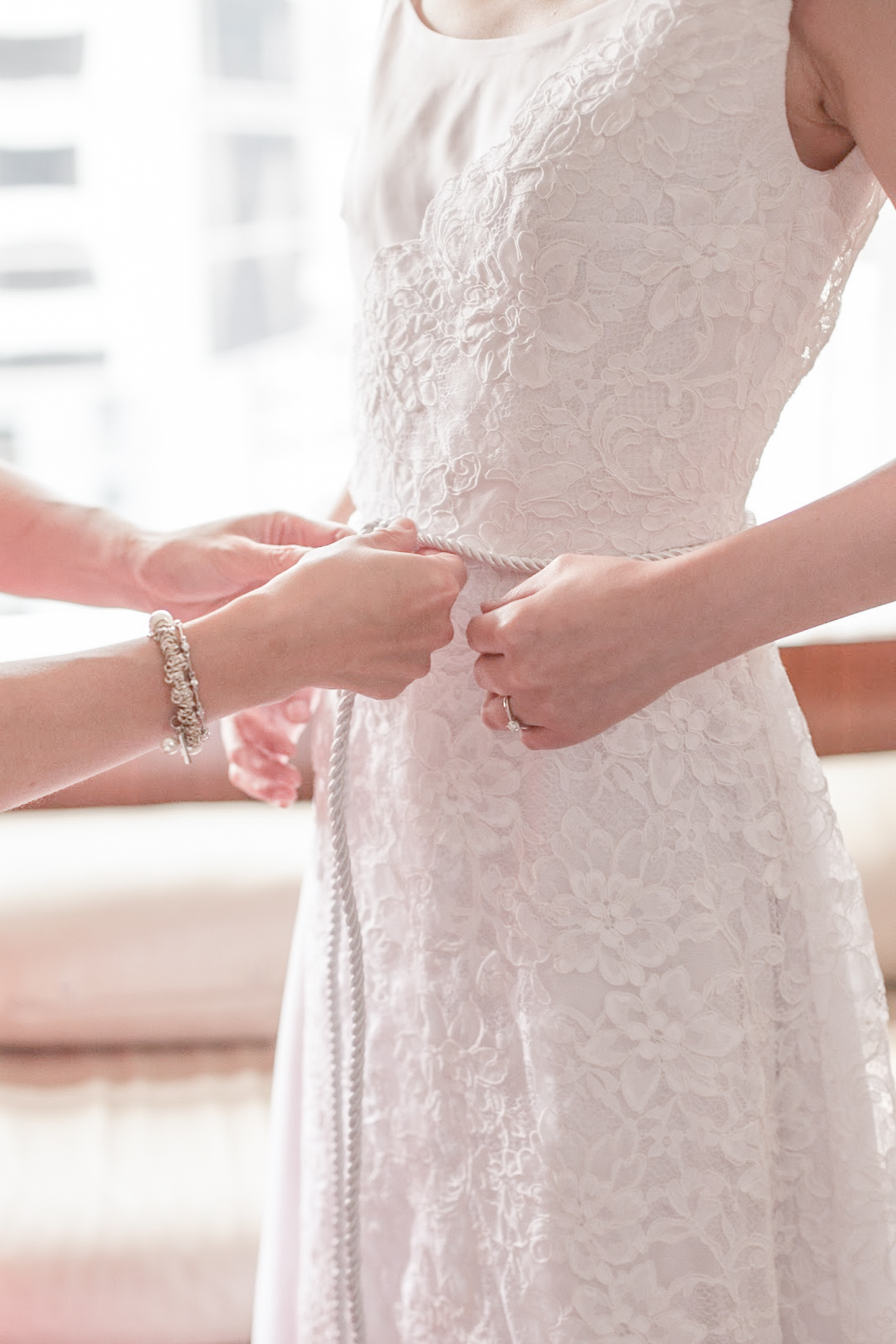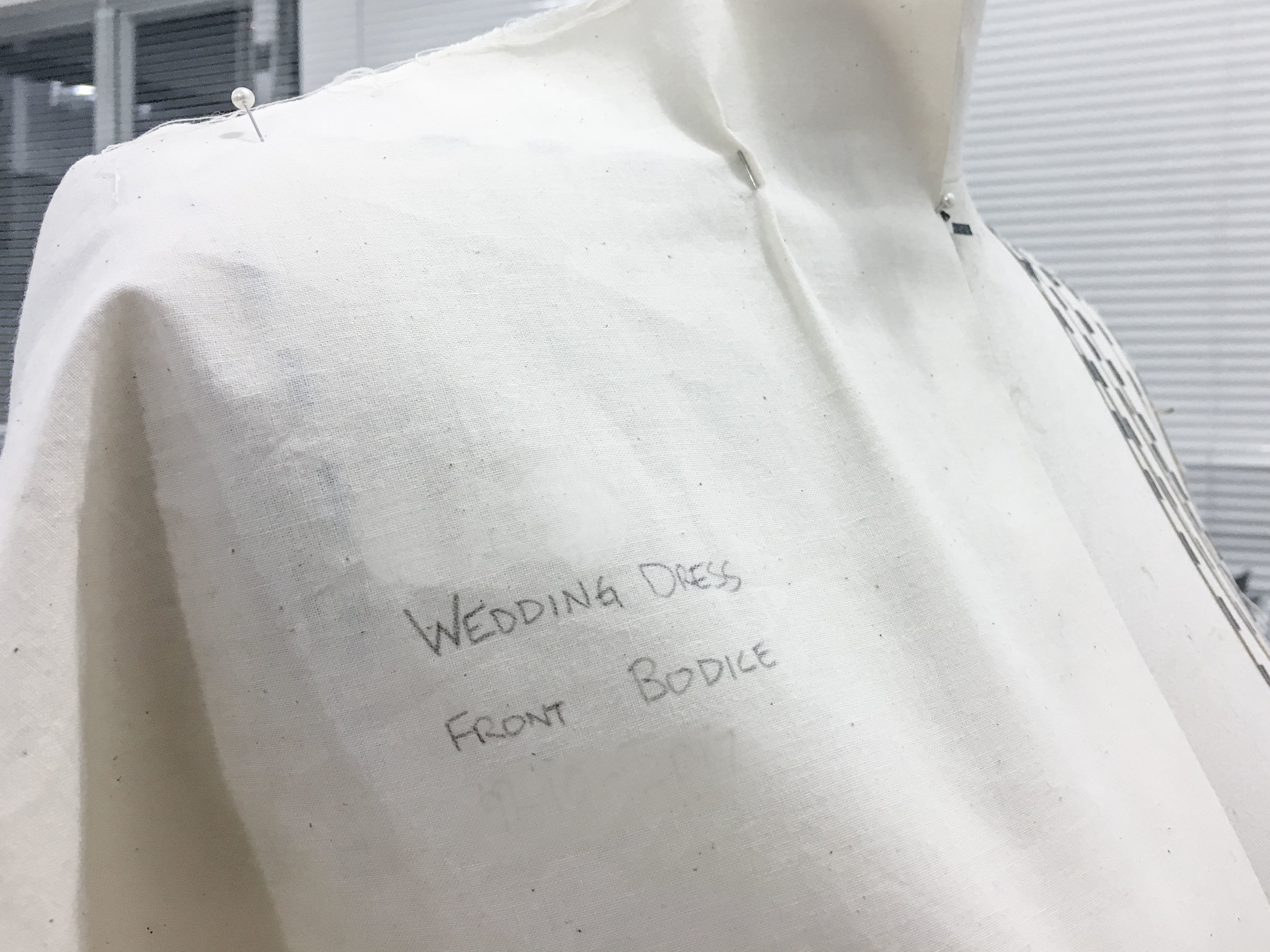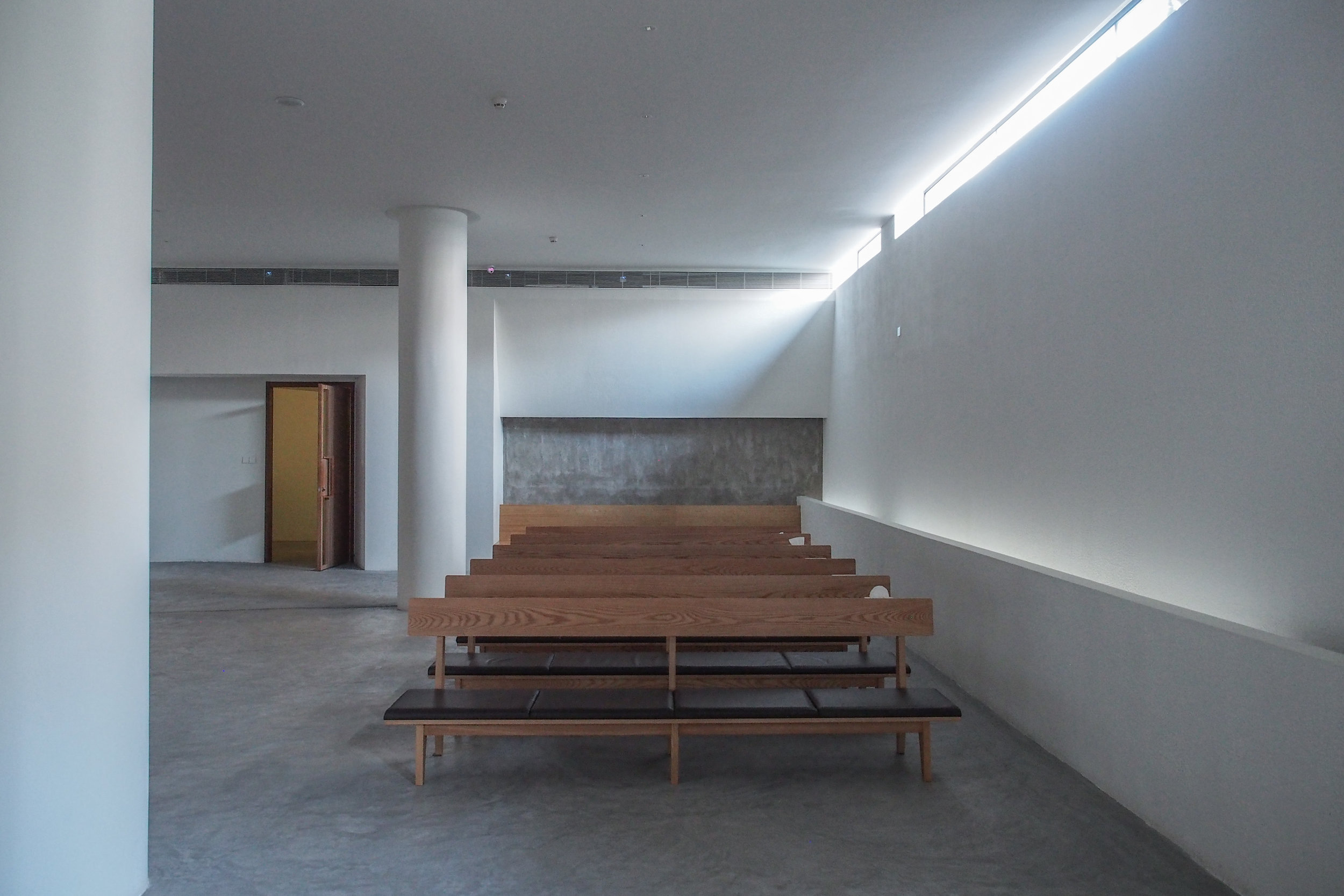We’re launching our tote bags in an all-new material: Piñatex®, a sustainable leather alternative, made with pineapple leaf fibres.
Why Piñatex®
Ever since the launch of our tote bags, plenty of people have asked whether we would be doing leather versions. To be honest, whilst we do want to create a version of these bags in a more durable and luxurious material, we wanted to look for more sustainable alternatives to leather. In our research we came across several options, but when we discovered Piñatex® we immediately resonated with the material, and fell in love with the many different ways that makes it sustainable.
Photo by Jacob Maentz, courtesy of Ananas Anam
Ways that Piñatex® is sustainable
1. Agricultural by-product
According to Ananas Anam, the company that produces Piñatex®, there is approximately 13 million tonnes of waste created annually from global pineapple agriculture. As a natural by-product, pineapple leaves require no extra land, water or other resources to produce, and it helps farmers deal with what would’ve been a large amount of waste.
Photo by Jacob Maentz, courtesy of Ananas Anam
2. Additional income for farmers
Whilst farmers make a humble living growing and selling pineapples, harvesting and processing the leaf fibres offer them an extra income during low-seasons, making Piñatex® an economically sustainable product.
Photo by Jacob Maentz, courtesy of Ananas Anam
3. Biomass
After extracting fibres from pineapple leaves, what’s leftover is considered biomass. The biomass can then be used as a natural fertiliser and returned into farmlands, helping farmers save costs and minimising agricultural waste.
4. Leather Alternative
Piñatex® offers consumers an eco-friendly, vegan and sustainable alternative to leather. Ananas Anam founder Dr. Carmen Hijosa had worked in the leather industry for many years, and after witnessing the environmental damages of leather production in a work trip to the Philippines, she began looking for ways to create an alternative material. With the help of locals, she was led to piña, a fine fibre extracted from the leaves of pineapples that Filipinos have traditionally spun and woven into textiles.
Photo courtesy of Ananas Anam
From the pineapple leaf fibres, Dr. Hijosa developed a non-woven material that would serve as the base of Piñatex®, which is a durable and strong material not dissimilar to leather, and at the same time breathable, light and flexible. The process of harvesting pineapple leaf fibres to forming the non-woven material is done entirely in the Philippines, and it is then shipped to Europe for the final treatments of colouring, applying a coating and textures to mimic a leather-like surface. The end result is a material that is luxurious and great eco-friendly alternative to animal leather.
To learn more about Piñatex®, visit their website here.
Photo courtesy of Ananas Anam
OUR TOTES
Since discovering Piñatex® through our research, we resonated strongly with its goal of sustainability, and wanted to become a part of this revolution in bringing more sustainable and environmentally friendly materials into the market.
To find out more about each style, click on the link or images.
NOTCH Bag in Piñatex® (Charcoal)
Dimensions: 13.5” x 18”
DIAGONAL Bag in Piñatex® (Charcoal)
Dimensions: 13.5” x 18”
Dimensions: 15” x 25.5”
NOTE: All Piñatex® styles are Made-To-Order only, projected lead-time is 2-3 weeks, based on material availability. For enquiries, please contact us at sales@berayah.com.

















































